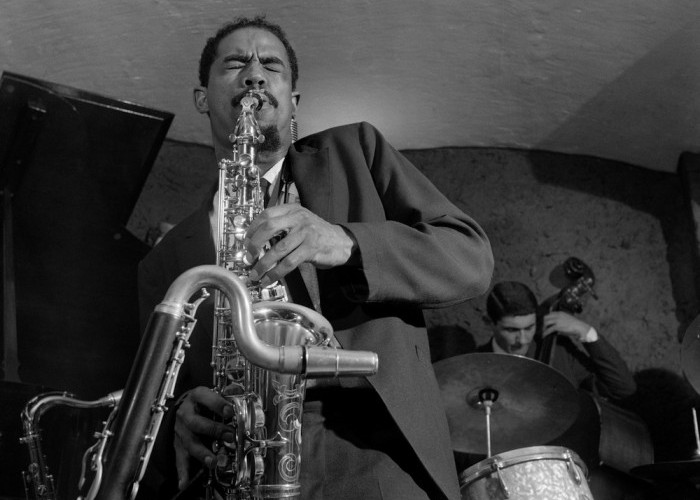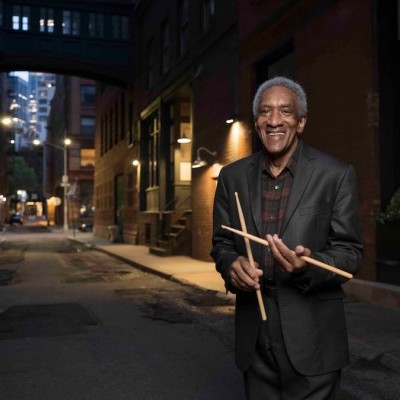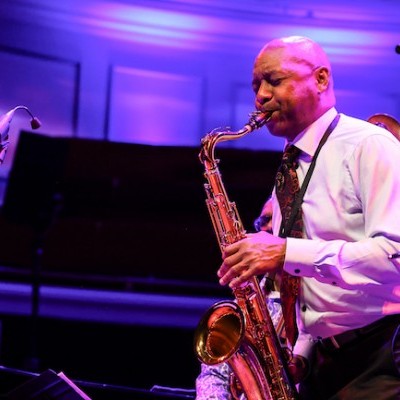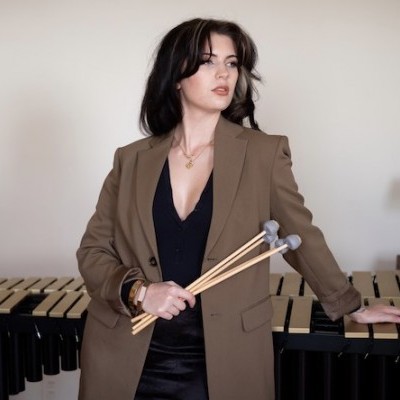Jun 3, 2025 11:25 AM
In Memoriam: Al Foster, 1943–2025
Al Foster, a drummer regarded for his fluency across the bebop, post-bop and funk/fusion lineages of jazz, died May 28…

Recordings that make up Musical Prophet: The Expanded 1963 New York Studio Sessions sat in a Long Island home, untouched, for decades.
(Photo: Jean-Pierre Leloir)Whether he was wielding his alto saxophone, flute or bass clarinet, Eric Dolphy was a godsend to the cadre of musicians who were on a mission to expand the language of jazz.
“He was like an angel,” Richard Davis, Dolphy’s longtime bassist, said in October. “He was my answer to wanting to play a certain way—free.” In his short life—Dolphy died in 1964 at age 36—he embraced chromatic post-bop, contemporary classical and (what later would be called) world music on their own terms. At the same time, he was moving toward a synthesis of those forms, presaging the modern global sensibility.
But he was working at a time when cultural purists often prevailed over pluralists, and, among too many critics and club owners, his expansive aesthetic marked him as an unwelcome outlier. Struggling to find work as a leader, the reedist decided that after a 1964 tour accompanying bassist Charles Mingus, he would remain in Europe. Dolphy settled in Berlin, where his diabetes went untreated, leading to his tragic death on June 29.
“When I heard it, I didn’t want to believe it,” said Davis, 88.
That sense of denial summed up the reaction of others close to Dolphy—not least his composition mentor, Hale Smith (1925–2009), and Smith’s wife, Juanita. Smith, 91, explained that the pain was so deep that, for many years, her husband refrained from digging into the boxes Dolphy had left at their Long Island home before the saxophonist departed for what would be his final tour.
“It was sort of a raw thing,” she said.
But finally, in 1978, the Smiths contacted flutist and scholar James Newton, who flew out from California to take a look. What he found was a multitude of scores and recordings, many ready to be mined. Nine years later, he produced Other Aspects (Blue Note), a 41-minute, five-track collection that, by his own account, was put together hurriedly to benefit Dolphy’s parents.
After that, Newton returned the material he had used to the Smiths’ home, where it remained until Hale’s death, when Newton became custodian of the entire cache. At that point, he undertook a more intensive exploration of the music, gradually coming to understand that it filled out the picture of a genius’ life cut short. When Resonance Records got wind of the tapes and proposed a project, Newton was game.
“I started to think that this music had to come out,” he said.
The result is Musical Prophet: The Expanded 1963 New York Studio Sessions. From seven-and-a-half hours of tapes, Newton, working with Resonance Co-President Zev Feldman at the label’s studio in Beverly Hills, culled 74 minutes of music, which had been released in the ’60s as the albums Conversations and Iron Man, plus 85 minutes of previously unreleased material. Co-produced by Newton and Feldman, the collection, which includes extensive liner notes and photos, will be available in a limited-edition three-LP version (out Nov. 23 for Record Store Day’s Black Friday event). There also will be a three-CD version and a digital edition (both out Jan. 25).
By the time Dolphy went into the studio for these sessions—on July 1 and 3, 1963—he had recorded with dozens of artists. Prominent among them was John Coltrane. Dolphy spent long hours practicing with Coltrane in the latter’s home in St. Albans, Queens, according to bassist Reggie Workman, who worked with both musicians on Impulse classics like Africa/Brass and Live! At The Village Vanguard.
“They were very close,” he said. “They respected one another highly.”
On the bandstand or in the studio, Workman recalled, the two operated as equals. No matter what Coltrane’s imagination yielded, he said, “Eric would step forward and produce something of the same nature. He always held his own. John expected you to believe in the music and know the terrain, and Eric was happy to be part of it. He always brought his own voice to the music.”

Foster was truly a drummer to the stars, including Miles Davis, Sonny Rollins and Joe Henderson.
Jun 3, 2025 11:25 AM
Al Foster, a drummer regarded for his fluency across the bebop, post-bop and funk/fusion lineages of jazz, died May 28…

“Branford’s playing has steadily improved,” says younger brother Wynton Marsalis. “He’s just gotten more and more serious.”
May 20, 2025 11:58 AM
Branford Marsalis was on the road again. Coffee cup in hand, the saxophonist — sporting a gray hoodie and a look of…

“What did I want more of when I was this age?” Sasha Berliner asks when she’s in her teaching mode.
May 13, 2025 12:39 PM
Part of the jazz vibraphone conversation since her late teens, Sasha Berliner has long come across as a fully formed…

Roscoe Mitchell will receive a Lifetime Achievement award at this year’s Vision Festival.
May 27, 2025 6:21 PM
Arts for Art has announced the full lineup for the 2025 Vision Festival, which will run June 2–7 at Roulette…

Benny Benack III and his quartet took the Midwest Jazz Collective’s route for a test run this spring.
Jun 3, 2025 10:31 AM
The time and labor required to tour is, for many musicians, daunting at best and prohibitive at worst. It’s hardly…